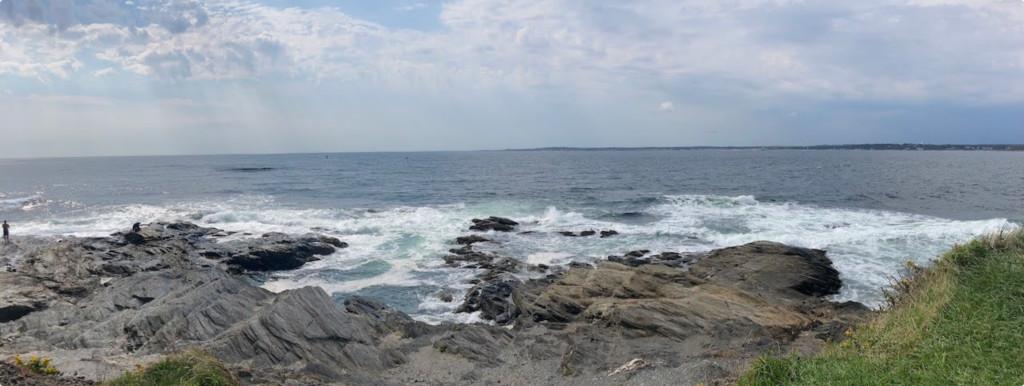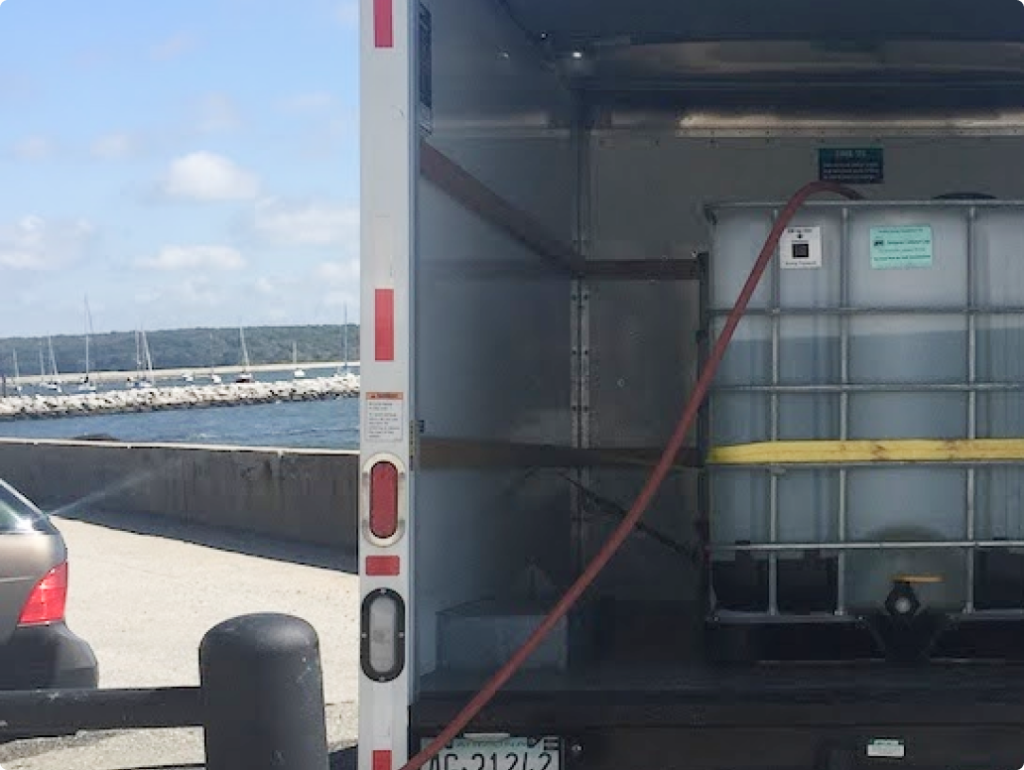You can test the salinity of seawater at your sourcing site using a simple instrument called a refractometer. Since salinity can vary with depth, it is best to collect your water sample from the same depth of the water column as you plan to draw from.
Back to: Hatchery Equipment
Kelps are marine algae and cannot survive in fresh or brackish water conditions. You’ll need a reliable source of clean saltwater for your spools to grow. The ideal salinity range for kelp is between 28 and 34 ppt, requiring near full-strength seawater. When considering options for sourcing saltwater for your hatchery, make sure you test the salinity of any potential withdrawal sites first.

Having a facility with a permanent withdrawal line requires proper permitting and a lot of planning, but it is the most accessible and quickest way to obtain seawater for your hatchery space. Direct withdrawal from portable pumps off a dock can also be an option, but also may require permits if you are collecting over a certain amount of volume.
GreenWave Tip
If you are a small-scale hatchery, try reaching out to local aquaculture operations or marine research universities and ask if you can use the withdrawal infrastructure within their facilities to fill a large tank and transfer it to your own operation. This may require some written agreements between yourself and the facility you are working with, as well as some extra scheduling around seawater pickups—but it can be a very reliable option!
IBC (intermediate bulk container) being filled with sand-filtered seawater on a truck to be transported to the hatchery. This seawater was withdrawn from a marine science university’s wet lab.

Once your seawater is collected, it will then need to be stored in some type of holding tank. This allows any suspended particulates to settle to the bottom before the next stage of filtration and pumping into your culturing tanks. It is best to choose a holding tank size that will store enough seawater for two water changes of all of your tanks, so in case of emergencies (contamination issues, faulty equipment, etc.), you will have backup water on hand. Sum the total volume of all the culture tanks in your hatchery and double it to determine a holding tank size.